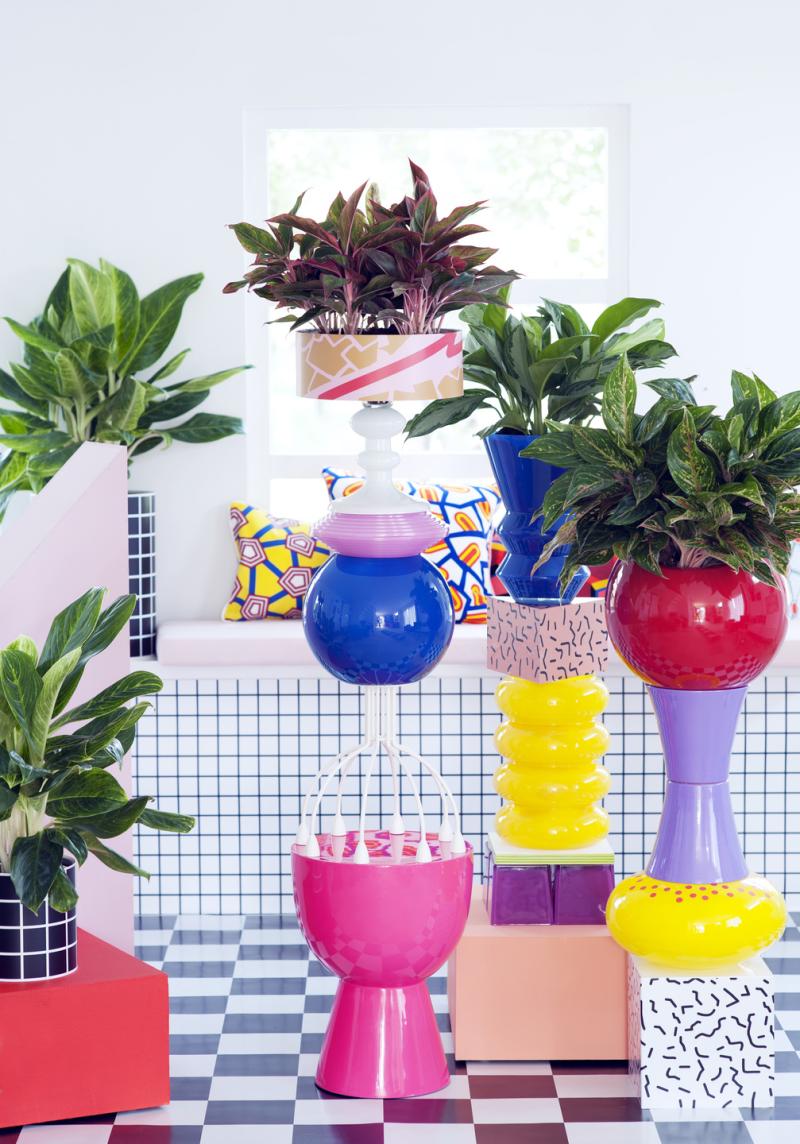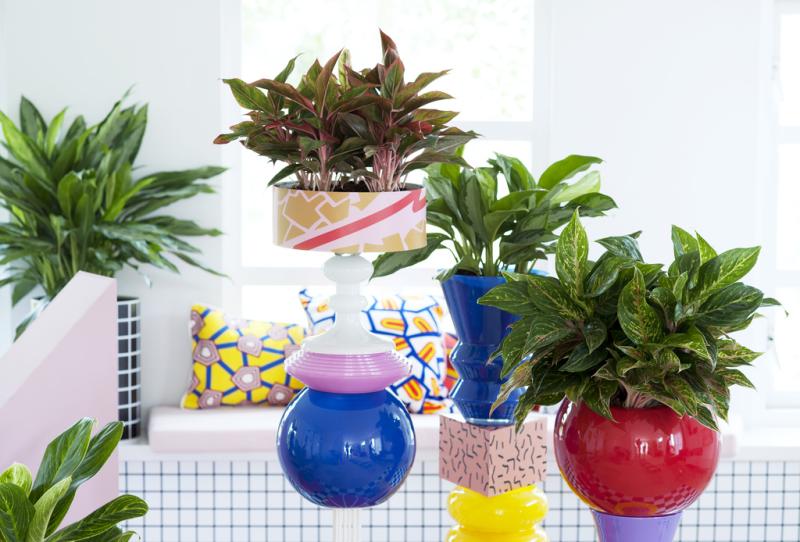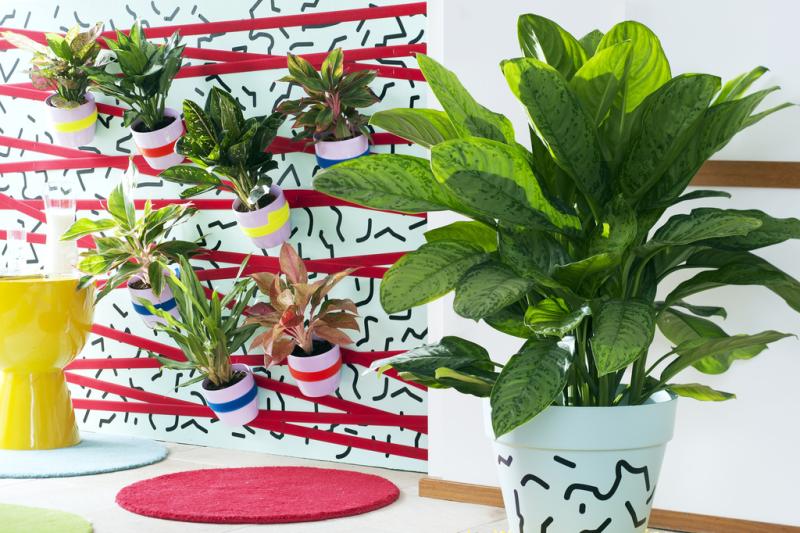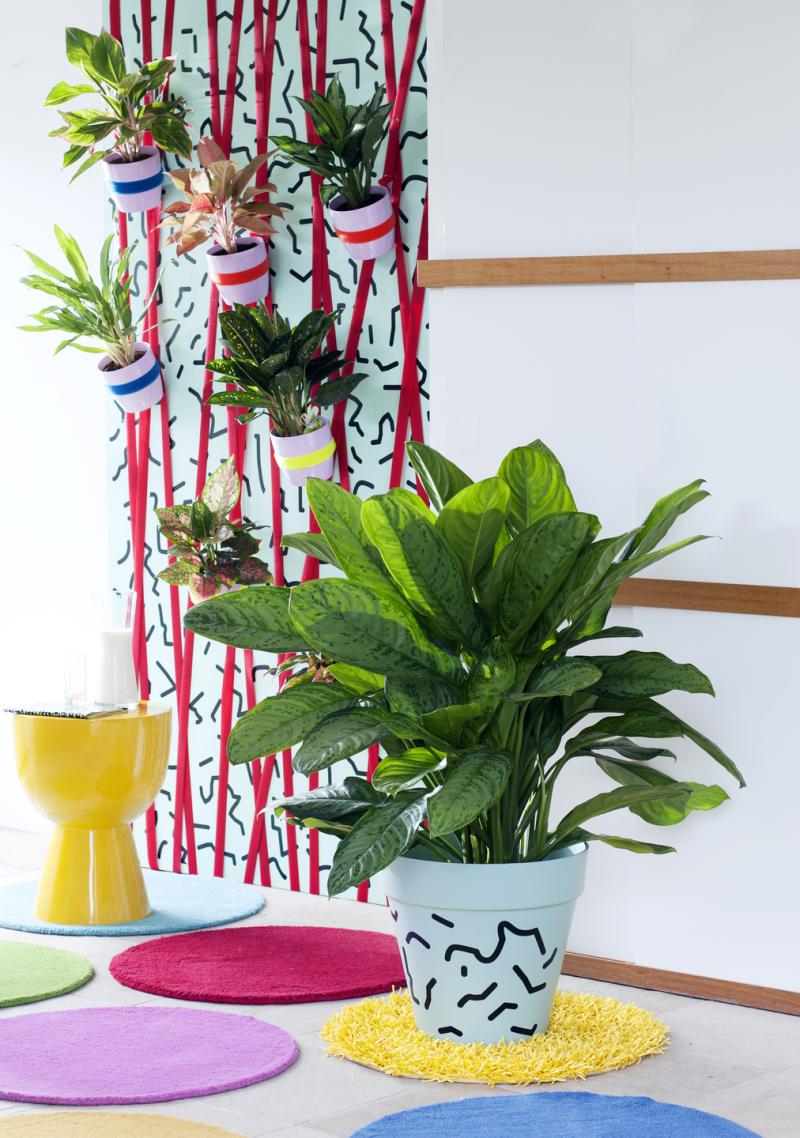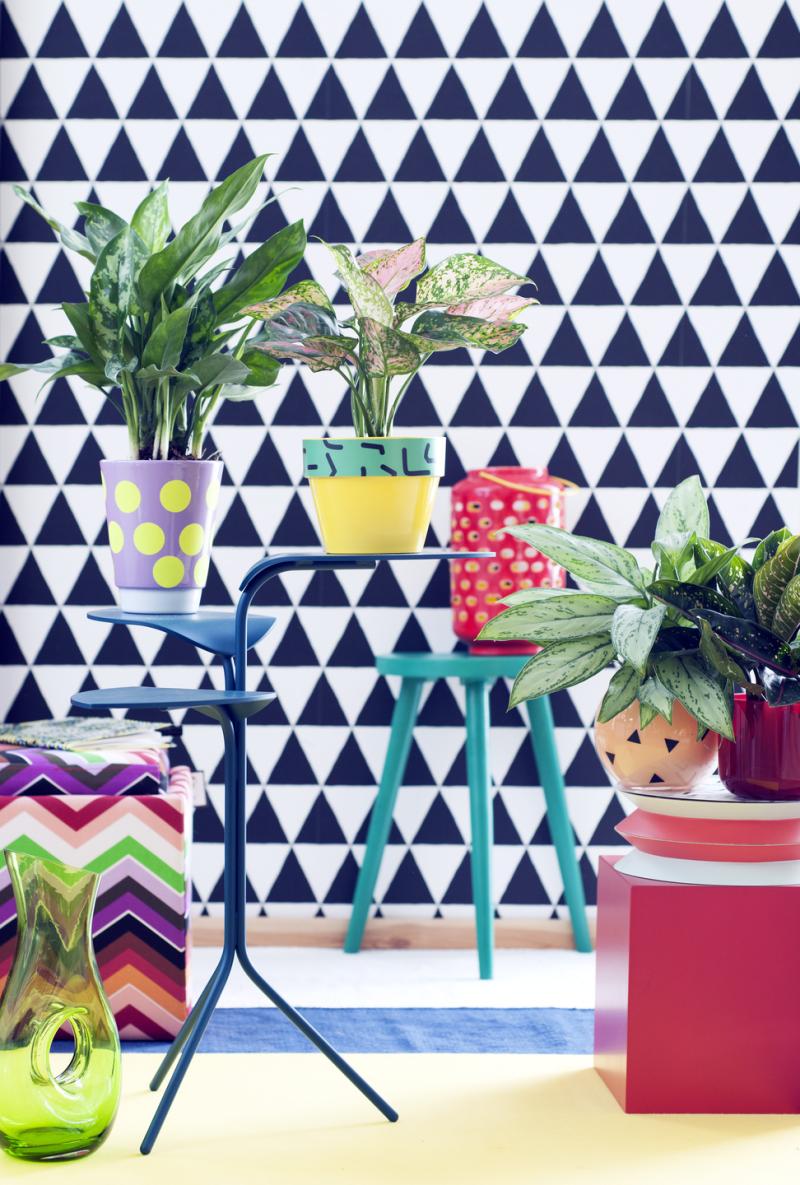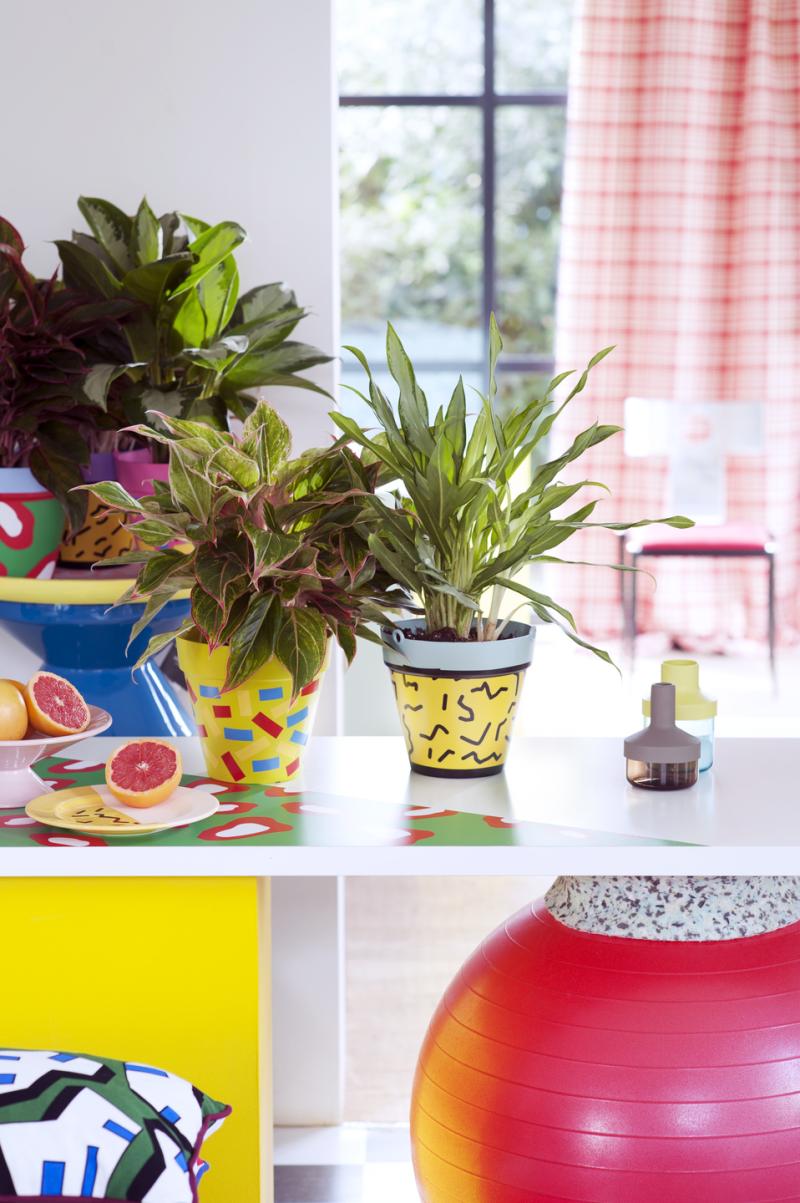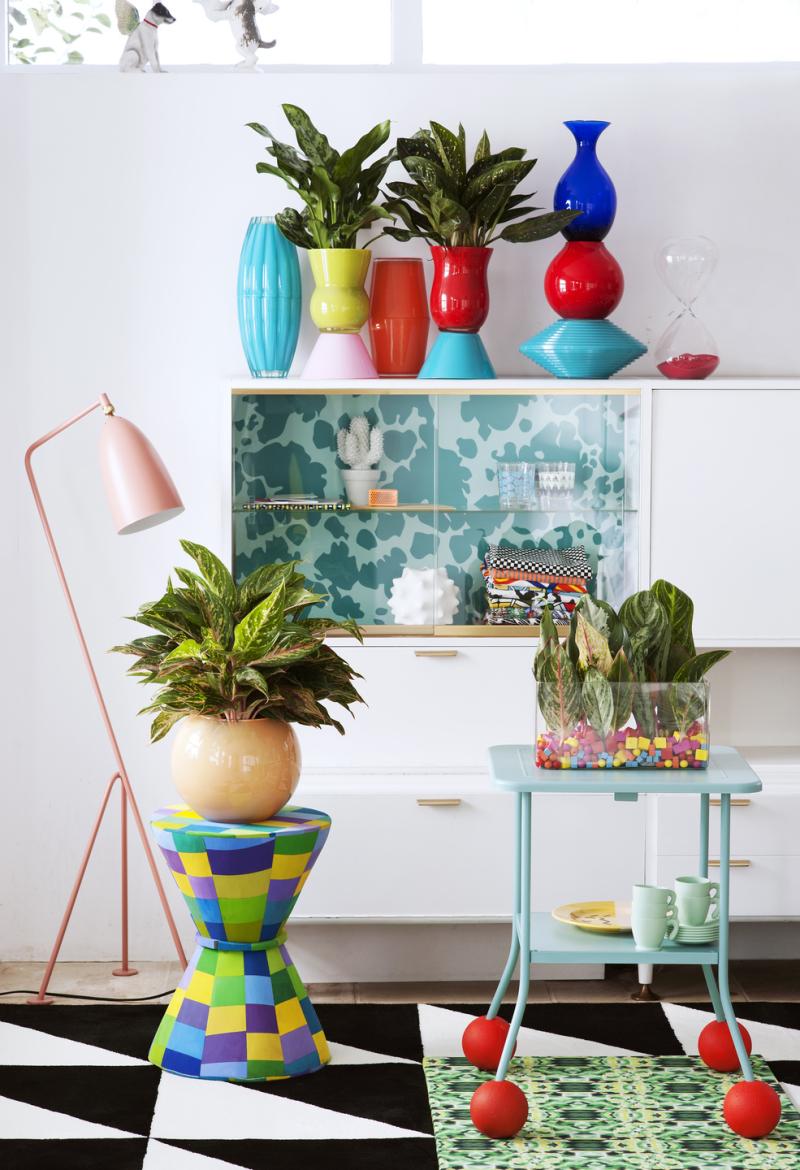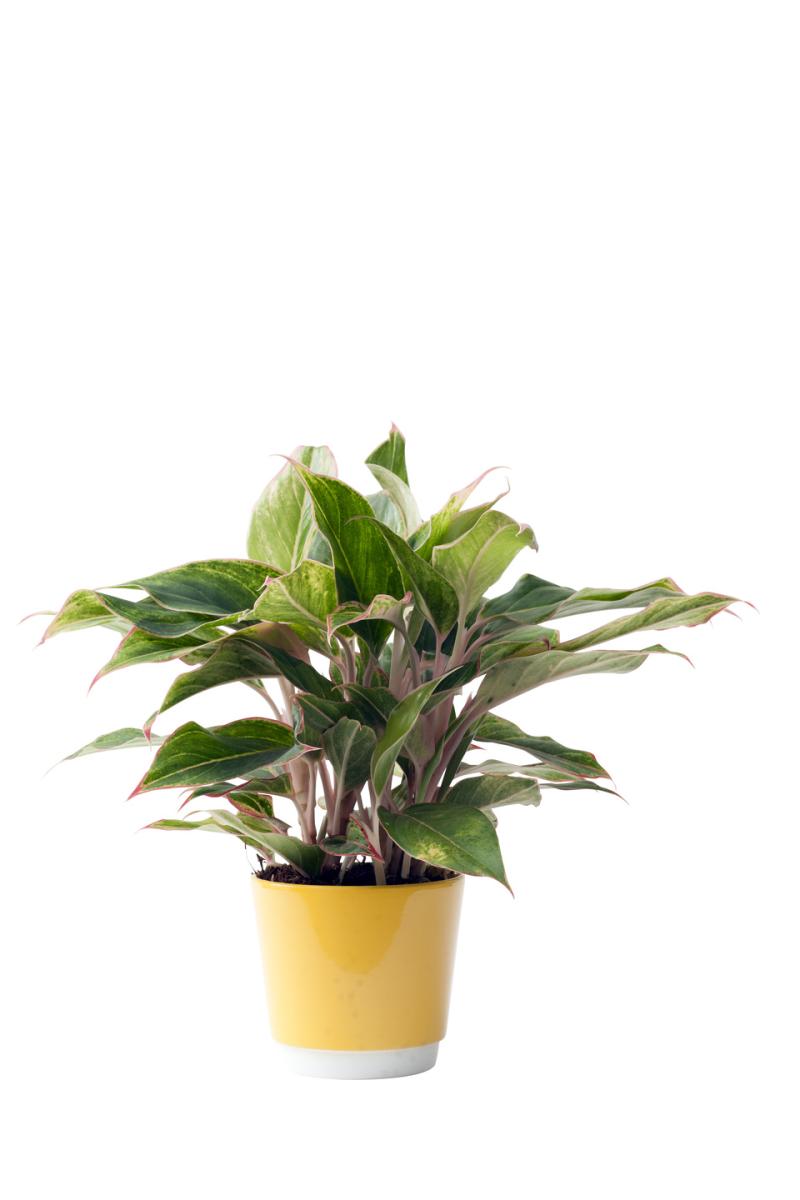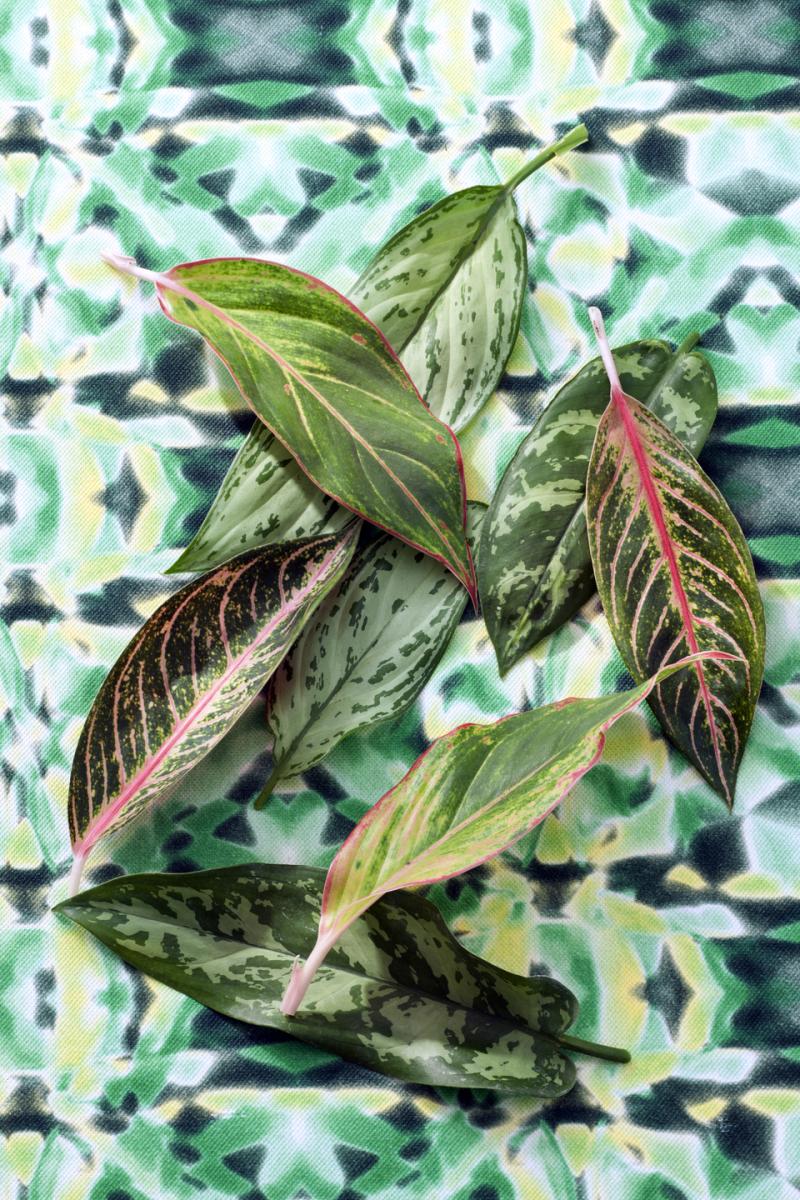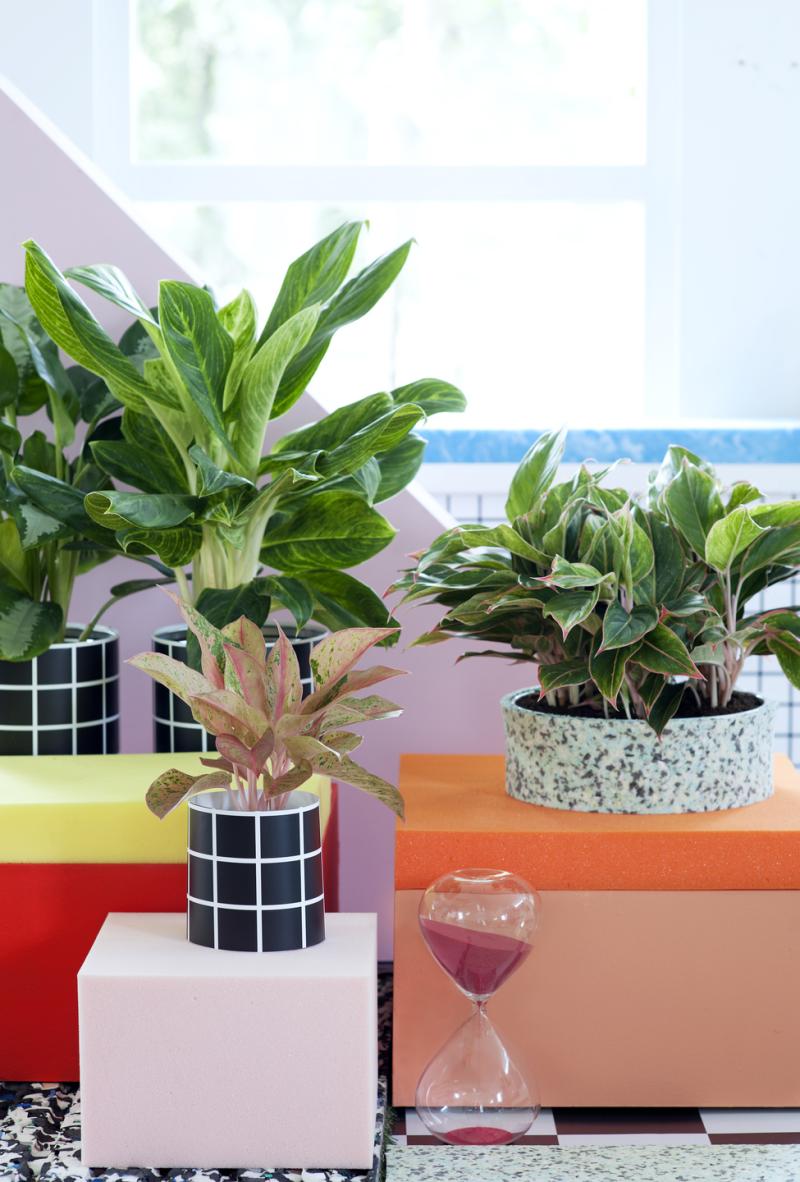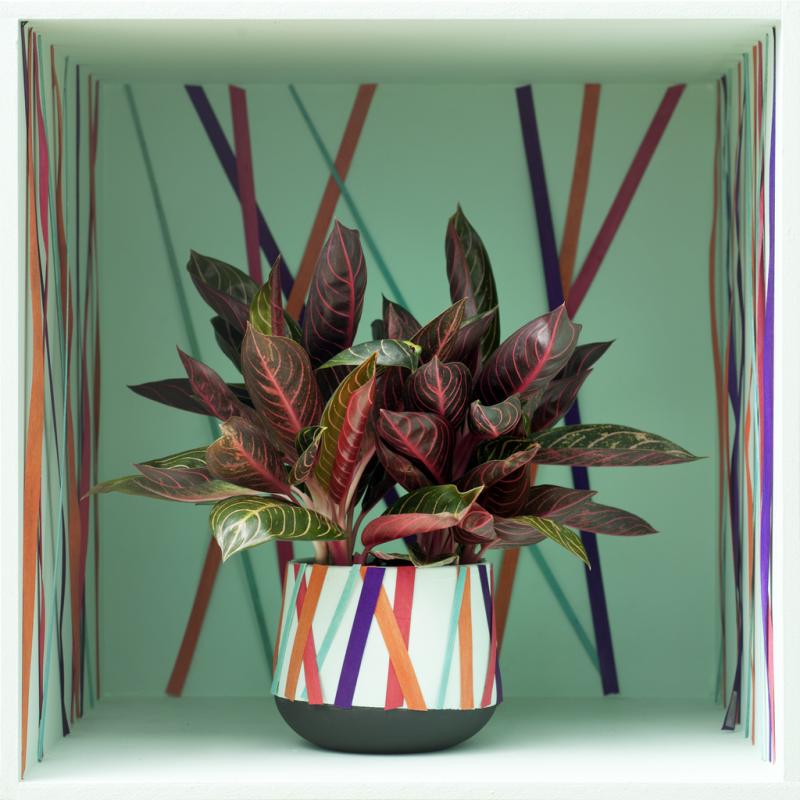October 2016: Chinese Evergreen is Houseplant of the month
Not just one of the easiest, but also one of the most beautiful foliage plants: Chinese Evergreen is the Houseplant of the month for October and has the potential to be a real bestseller. Highlight this beauty with the aid of the POS material which can be downloaded free of charge using the link at the bottom.
The story of Chinese Evergreen
Chinese Evergreen,also known as Aglaonema, is a surprising and decorative houseplant. The name is derived from the Greek words 'aglos' meaning ‘shining’ and 'nema' meaning ‘thread’, referring to the beautifully marked leaves. One of the strongest sales arguments for this foliage beauty is that it’s very easy to live with and can take a knock. That makes Chinese Evergreen the ideal plant for people whose fingers aren’t particularly green whilst still looking like an expert’s foliage plant. The plants have strong air-purifying properties which have a positive effect on the living environment.
Source and production of Chinese Evergreen
Chinese Evergreen is native to South-East Asia: the plant can be found in Thailand, Sri Lanka, Indonesia and the Philippines, where it grows as underplanting in tropical rainforests in high humidity, high temperatures and filtered sunlight. The plant is a member of the Araceae (arum-like) family, characterised by the spadix and the bract (spatha) with which they flower. However, in the case of Chinese Evergreen it’s not about this insignificant blooming but rather the decorative leaves. The family contains many other foliage plants such as Dieffenbachia, Alocasia, Caladium, Monstera, Philodendron and Epipremnum. Flowering plants such as Anthurium, Spathiphyllum and Zantedeschia are also members of this family. What they all have in common is that they have been cultivated for a long time and that growers have a great deal of experience and knowledge relating to Chinese Evergreen and its companions.
What to look for when buying Chinese Evergreen
- Make the right selection for your customer base. Chinese Evergreen is classified by pot size, length and thickness - you will know best what will sell well.
- The health of the plants is important. Chinese Evergreen must have been sufficiently hardened by the grower so that it can cope with the transportation and storage conditions successfully. The sturdier and tougher the leaves, the more the plant has been hardened and the less fragile it is.
- Check that the plants are free of diseases. Root or stem rot can sometimes occur. Plants must be free of brown spots and browned edges on the leaves, often caused by insufficient humidity and/or soil which is too dry.
- The temperature must be at least 12 to 15 degrees Celsius or higher during transportation and storage. At lower temperatures it’s important that the plants are sleeved in order to prevent cold damage. Cold can cause spots on the leaves.
- If Chinese Evergreens have been in poor lighting conditions for too long, they can elongate and the leaf colour will fade.
Choice of Chinese Evergreen
The range of these appealing foliage plants is constantly being expanded with more attractive and better cultivars. The plants are all characterised by a profuse ‘bushy’ growth, but differ in terms of leaf colour and leaf thickness. The newcomers include an ever increasing number of cultivars with slightly leathery leaves, which means that they are even easier to keep in homes and offices. The leaf markings are often very lively, with a lot of grey and green shades, but there are also white variegated cultivars and new red/orange shades.
Cultivars with grey/green leaves are Silver Queen, Maria, Maria Compacta, Maria Christina, Silver Bay, Silver Moon, Stripes, Cutlass, Gemini, BJ Freeman
With yellow or orange hued heaves are pseudobracteatum, Golden Passion, Pink Jade, Ruby Sunset and Sparkling Sarah
Care tips for customers
- Chinese Evergreen is an 'easy care' product which is easy to live with. The plant requires a light position but no bright sunlight, since that can scorch the leaves.
- A room temperature of 18 to 22°C is ideal: the plant should not be too cold.
- Water the plant regularly with water that isn’t too cold. The soil should not be allowed to dry out.
- Regularly spraying the leaves with tepid water will benefit the Chinese Evergreen; these are conditions that also occur in its place of origin, the tropical rainforest. If it’s not too cold, the plant can also go outside for a shower in the rain.
- To help the plant last a long time, it’s best to feed it with plant food once every 3 to 4 weeks. Chinese Evergreen is only for decoration and not suitable for consumption.
Sales and display tips for Chinese Evergreen
- It’s an incredibly easy, attractive foliage plant with stamina.
- Chinese Evergreen can be used throughout the year in homes, schools and public spaces. The plant is also well-suited to use in hydroculture.
- The beautiful leaf markings create a tropical atmosphere.
- The plants can be used both solo and in groups. The fantastic leaf markings and colours make good combinations with attractive containers in various materials, shapes and structures. Combinations with other plants with air-purifying properties such as Nephrolepis, Spathiphyllum or Dypsis are also interesting.
- Chinese Evergreen’s place of origin makes it suitable for themed displays or mood displays which transport the customer to countries such as Thailand or Sri Lanka.
Images of Chinese Evergreen
The images below can be downloaded free of charge
Chinese Evergreen poster
You can download the poster using the link below

